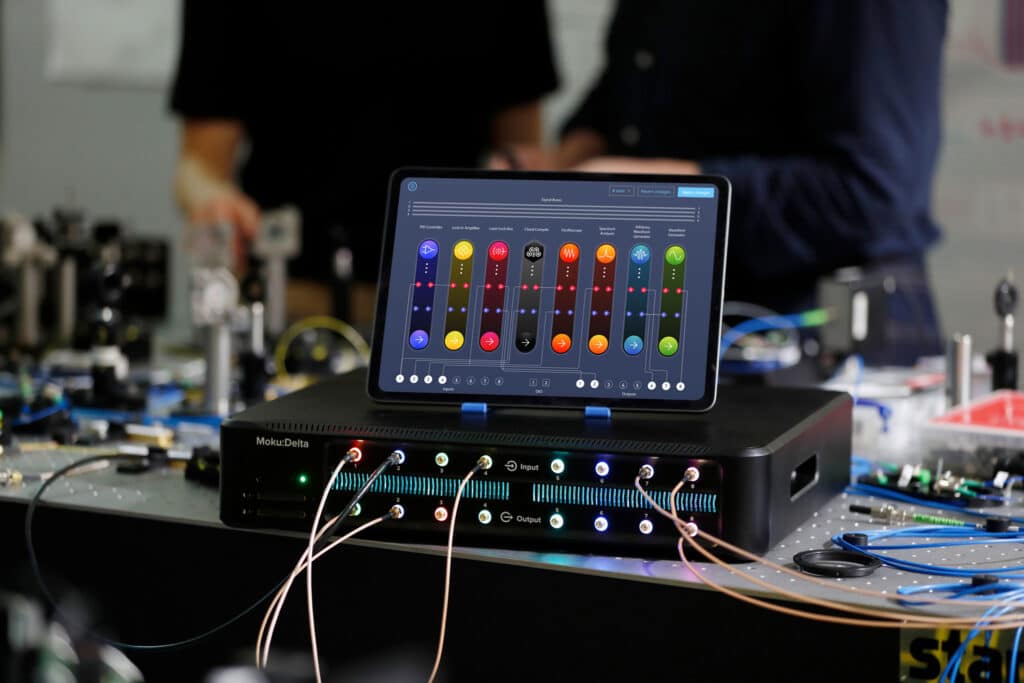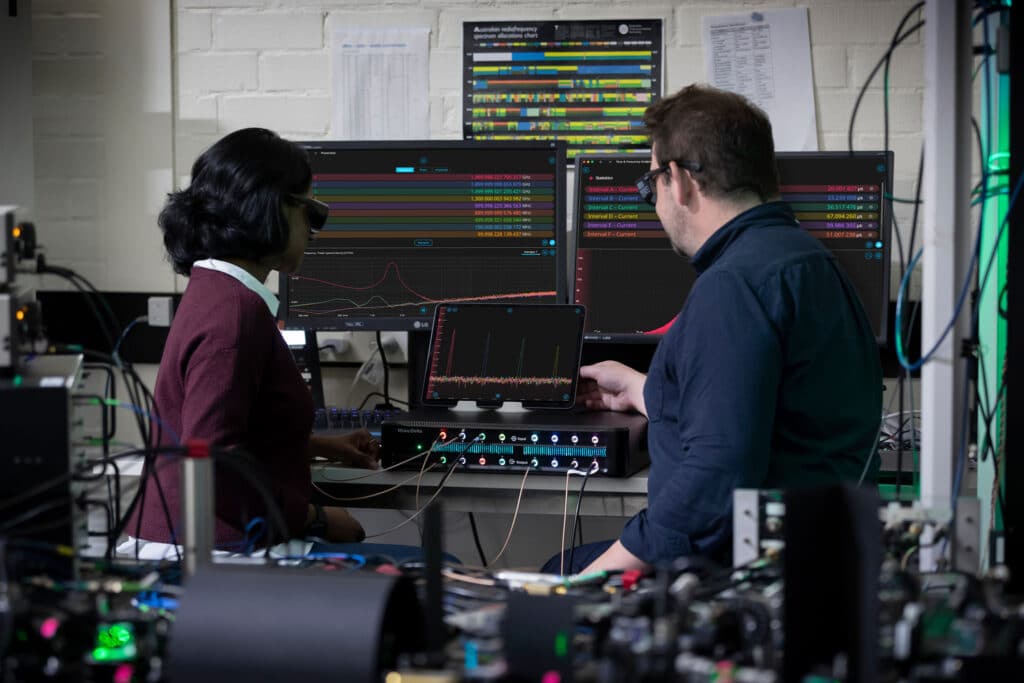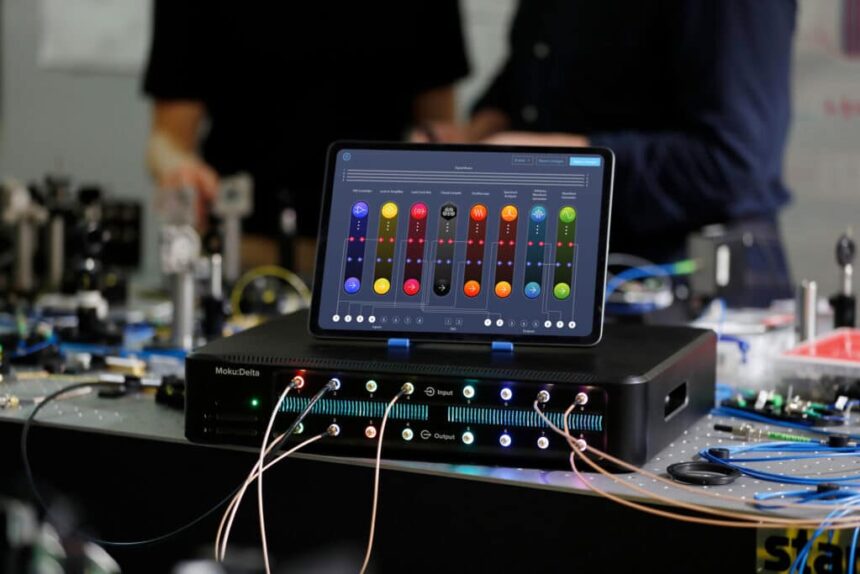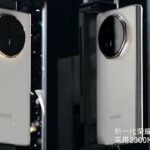With 2 GHz bandwidth, ultra-low noise, and parallel testing capabilities, a new test system is set to revolutionize quantum, aerospace, and semiconductor applications.

Liquid Instruments has unveiled its latest innovation in electronic test systems with the launch of the Moku:Delta — the most advanced member of its Moku platform family to date. Designed for engineers and scientists working in cutting-edge fields such as quantum computing, aerospace, defense, and semiconductor testing, Moku:Delta brings unmatched flexibility and performance to the lab bench.
The key specifications include:
- 2 GHz analog bandwidth for high-frequency signal analysis
- 5 GSa/s sampling on 8 analog input channels
- 10 GSa/s on 8 analog output channels for fast waveform generation
- Ultra-low noise floor: < 10 nV/√Hz at 100 Hz
- High clock stability: 1 ppb with OCXO reference
- Ideal for capturing weak signals with high precision
It is a reconfigurable instrumentation platform that supports up to eight instruments running simultaneously, all within a single 2U device. Powered by a third-generation Xilinx RFSoC FPGA, the platform enables ultra-fast signal acquisition, real-time processing, waveform generation, and digital control — making it ideal for high-performance and complex test environments.

It supports 32 digital I/O channels, allowing users to capture and drive logic-level signals for synchronized and integrated testing. With the ability to reconfigure the FPGA in real time, users can switch between or run multiple instruments—up to eight at once—from a suite of 15 tools including oscilloscopes, spectrum analyzers, waveform generators, and more.
Ideal for reducing setup times and enabling rapid experimentation, this platform allows over 2 billion test configurations, catering to complex setups without the need for multiple instruments. Whether it’s analyzing qubit behavior in a quantum lab or validating high-speed components in aerospace systems, it provides a powerful, compact, and future-ready solution for next-gen engineering challenges.










